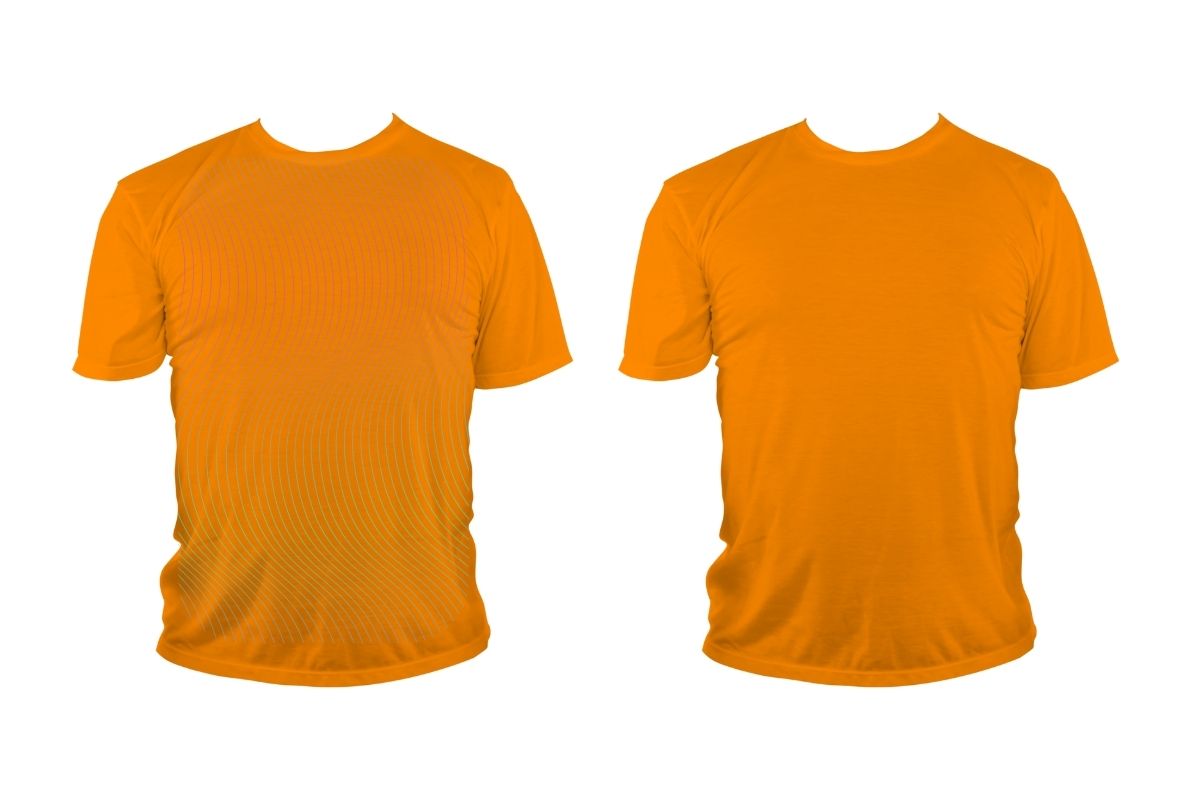
How We Fixed Moiré Without Losing Fabric Details
Ansu Man | Aug. 20, 2025 | Categories: Retouching | 0 comments
At our photo retouching studio, we recently worked with a garment seller who faced a serious problem: moire patterns ruining his product photography. His collection of checkered shirts, striped suits, and finely woven dresses looked distorted when uploaded online. Instead of displaying the crisp textures of the fabrics, the photos showed wavy, rainbow-colored interference patterns.
Moiré is more than just a visual annoyance — it can undermine consumer trust, reduce sales conversions, and make premium garments look cheap. In industries like fashion, where texture and color accuracy are everything, moiré can be disastrous. This case study explains how our team tackled the issue using advanced retouching methods while preserving the integrity of every fabric weave.
Moiré occurs when fine fabric patterns — such as stripes, checks, or tight weaves — interact with the pixel grid of a digital sensor, creating false colors and distortions. Even skilled photographers struggle to eliminate it entirely during shooting. Once baked into an image, removing moiré requires precision, because simple fixes like blurring destroy the natural textile detail that buyers rely on.
Our Technical Approach to Moiré Removal
To ensure that the seller’s garments looked professional and true-to-life, we applied a multi-layered strategy. Below are the most effective techniques we used:
1. Frequency Separation for Targeted Correction
The first step was applying frequency separation, which allowed us to isolate texture (high frequency) from color and tone (low frequency). This technique made it possible to remove false moiré color waves without flattening the fabric weave. We meticulously worked on the low-frequency layers to neutralize distortions while leaving the fine textile detail intact.
2. Channel-Specific Adjustments
Moiré rarely affects all color channels equally. By examining the image channels individually, we discovered distortions were most visible in the red and blue channels. Through channel-specific corrections, we suppressed the artifacts selectively, ensuring color accuracy and preventing unnecessary global changes that could dull the garment’s vibrancy.
3. Selective Desaturation and Rebalancing
The rainbow hues typical of moiré were reduced using localized desaturation techniques. Unlike crude desaturation, which drains life from the entire photo, our adjustments targeted only the problematic areas. Once false colors were neutralized, we carefully rebalanced the natural tones of the fabric so the garments appeared authentic and consistent with the original design.
4. Advanced Texture Reconstruction
In extreme cases, moiré had completely distorted fine details in checkered and striped fabrics. To restore these, we used a blend of manual digital painting, pattern cloning, and AI-assisted texture rebuilding. This approach allowed us to reconstruct the natural weave of the fabric without creating a “plastic” or artificial look — an essential factor for a high-end fashion retailer.
5. Controlled Blending for Seamless Results
Finally, we applied Gaussian-based blending techniques in areas where moiré created harsh ripple transitions. This softened the interference patterns without introducing blur or degrading the garment’s sharpness. The result was a seamless finish where the viewer’s eye focused on the product itself, not on digital distortions.
The Results
After implementing these methods, the garment seller’s catalog was transformed. The moire-free images showcased fabrics in their true textures and colors, allowing customers to confidently judge quality online. Within weeks, the client reported higher engagement, fewer product returns due to “color mismatch,” and an overall boost in conversions.
Why Professional Moiré Removal Matters
Automated filters or amateur fixes often attempt to “blur away” moiré, but these shortcuts inevitably erase fabric textures and reduce the perceived value of garments. For a fashion business, that loss is unacceptable. Professional moiré retouching, on the other hand, requires precision, technical expertise, and tailored correction methods that restore images without sacrificing detail.
Moiré is one of the most challenging problems in fashion photography, but it doesn’t have to derail your brand’s presentation. With the right retouching expertise, moire can be eliminated while keeping every stitch and weave intact. For garment sellers, this means images that truly reflect product quality, inspire trust, and ultimately, sell more.
If your catalog suffers from moiré distortions, don’t settle for quick fixes that compromise detail. Work with a professional ecommerce retouching company that understands how to correct the issue at its root while preserving the essence of your product imagery.